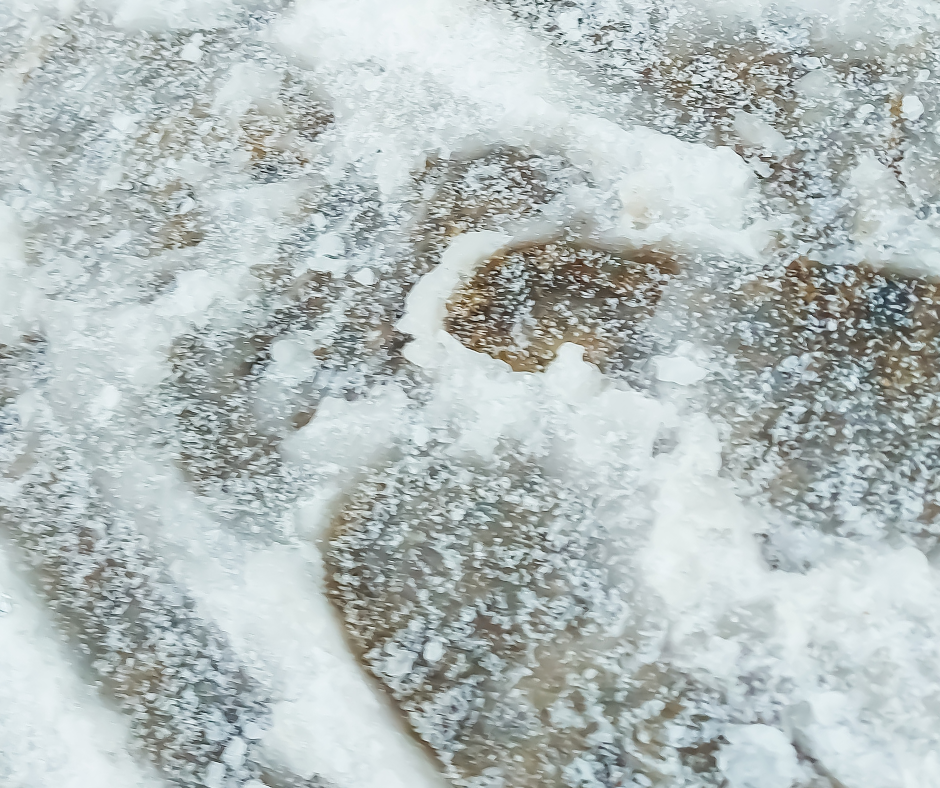
Winter Safety: De-Icing Outdoor Walking Surfaces at Work
As winter blankets our surroundings with a frosty and icy chill, ensuring the safety of outdoor walking surfaces becomes paramount. From car parks to pavements, the importance of effective de-icing measures cannot be overstated. In this blog post, we’ll explore the best practices for ice removal at workplaces and essential precautions to safeguard yourself from winter weather risks.
Ice Removal Best Practices
1. Use Grit
The go-to method for de-icing outdoor walking surfaces involves the application of grit. Grit, whether plain or treated rock salt, is an affordable and easily applicable solution. Its primary functions include preventing ice formation and melting existing ice and snow. Additionally, substances like ash and sand can be employed to enhance grip, particularly on steps and slopes.
2. Watch the Weather
Stay informed about the weather forecast to determine the optimal times for applying grit. Salt should be spread when temperatures are below freezing or when conditions like snow, hail, or sleet are anticipated.
3. Apply Grit at the Right Times
Remember, salt doesn’t work instantly. Plan the timing of your gritting process to maximise effectiveness. Early evening and early morning applications are ideal, avoiding rainy periods when the rain might wash away the salt.
Winter Weather Precautions
1. Check the Weather
Before venturing outdoors for ice removal, check the weather to properly prepare yourself. If conditions are extremely cold, wet, or windy, consider limiting your time outside.
2. Dress Appropriately
Equip yourself with appropriate attire: several loose layers of clothing, a warm head-covering hat, mittens, and thick socks. Choose wellies with sufficient traction and insulation to prevent slipping on icy or snowy surfaces.
3. Stretch Beforehand
Take a few minutes to stretch before working outdoors. This simple step can better prepare your body and reduce the risk of sprain or strain injuries.
4. Maintain Proper Nutrition and Hydration
Fuel your body with healthy foods rich in carbohydrates and protein before heading into the cold. Stay hydrated by drinking plenty of water before, during, and after your shift.
5. Recognise Health Complications
Familiarise yourself with the initial signs of health issues such as overexertion, fatigue, frostbite, and hypothermia. If you experience symptoms, stop working and inform your supervisor promptly.
Your safety is our top priority at Sutcliffe & Co Insurance Brokers. If you have any questions or concerns regarding workplace ice removal measures, please don’t hesitate to contact our experienced team on 01905 21618 or alternatively email Enquiries@sutcliffeinsurance.co.uk.
